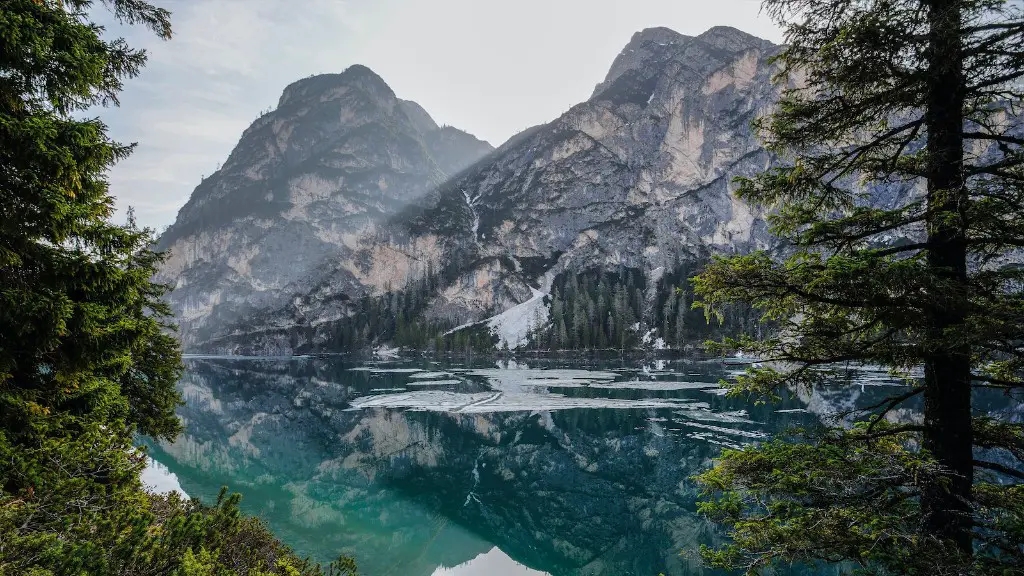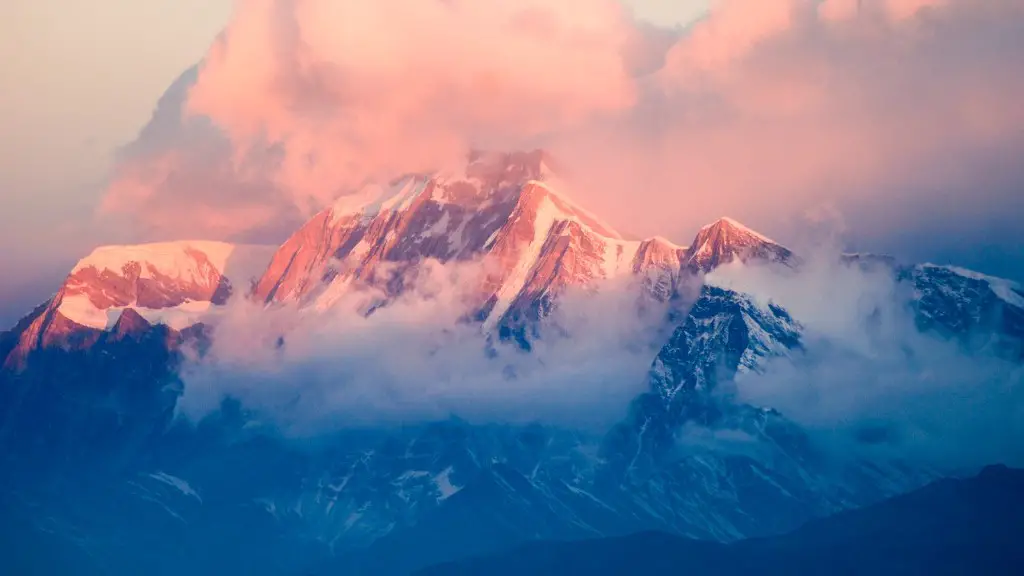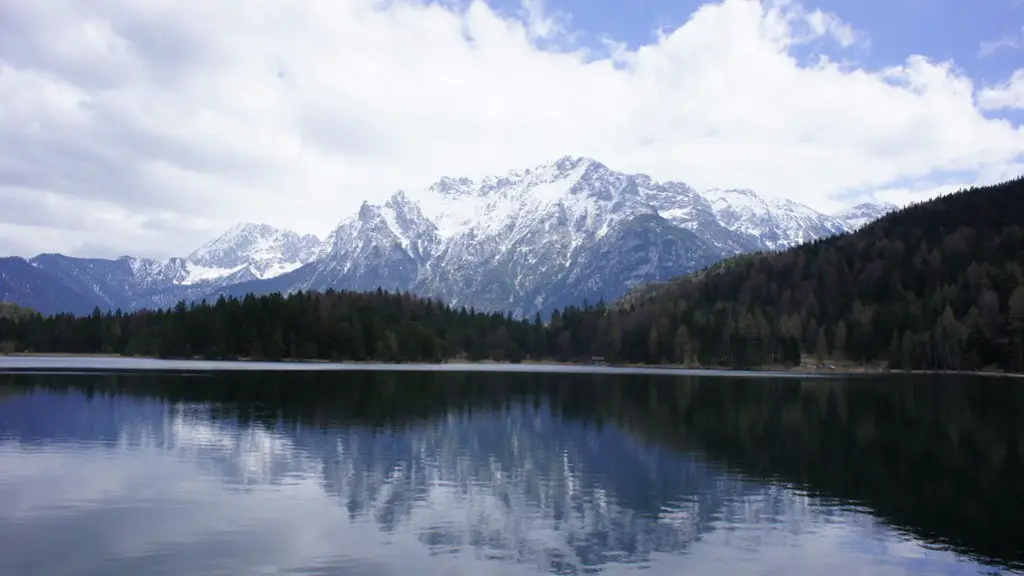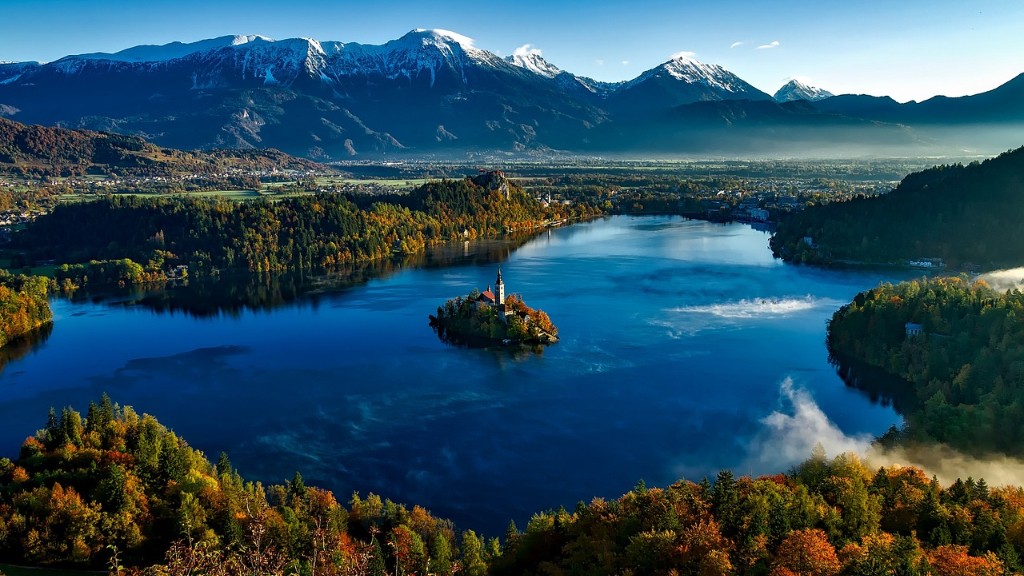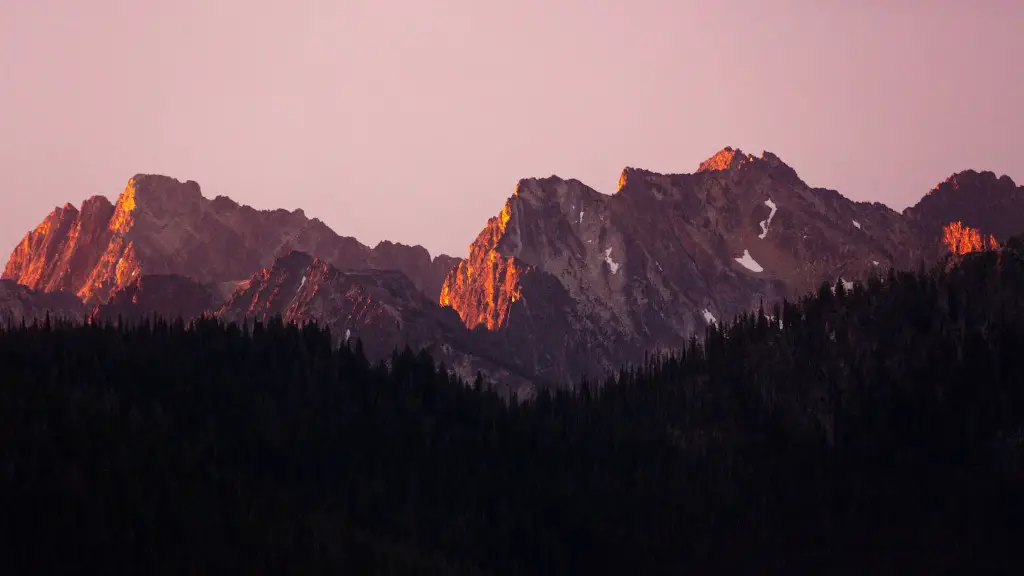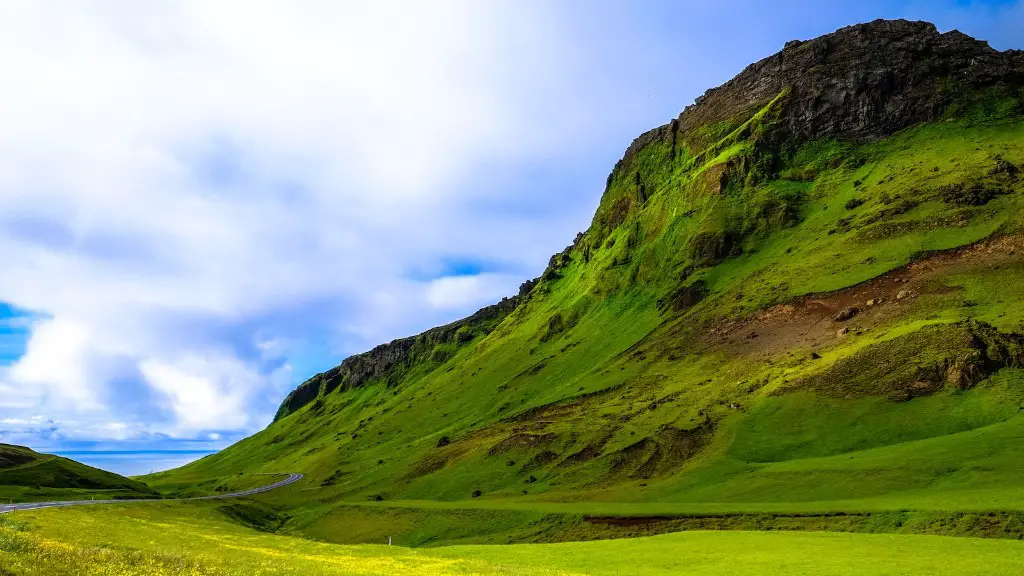In 1802, British surveyors began measuring the height of different peaks in the Himalayas, including Mount Everest. It was originally named Peak XV, and its height was calculated to be 29,002 feet. In 1865, Peak XV was renamed Mount Everest in honor of Sir George Everest, the surveyor general of India at the time. While the first recorded attempt to summit Mount Everest was made in 1924, it wasn’t until 1953 that Edmund Hillary and Tenzing Norgay became the first people to successfully reach the peak.
The first recorded attempt to climb Mount Everest was made in 1921 by a British team. Their efforts were unsuccessful, but they did succeed in getting to within 800 meters of the summit. It wasn’t until 1953 that Mount Everest was finally conquered, when a team of climbers from New Zealand reached the top.
When was Mount Everest first formed?
Mt. Everest was formed as a result of the rapid movement of the Indian subcontinent northward towards the continent of EuroAsia. This movement caused the collision of the two land masses, which resulted in the formation of the Himalayan mountain range. Mt. Everest is the highest peak in this range, and is considered to be the tallest mountain in the world.
Radhanath Sikdar was an Indian mathematician and surveyor who was stationed at the survey headquarters in Dehradun in 1852. He was the first to identify Everest as the world’s highest peak, using trigonometric calculations based on Nicolson’s measurements.
Who named Everest
The official name of Mount Everest is “Mount Everest”. The Royal Geographic Society subsequently pronounced the official name “Mount Everest” in 1865 based on the recommendation of Andrew Waugh, the British Surveyor General of India. Sir George Everest was Waugh’s predecessor in the post of Surveyor General.
Mount Everest is one of the most popular mountains in the world. It is also one of the most climbed, with people from all over the world coming to attempt to summit it. But how old is Mount Everest?
According to National Geographic, earth scientists estimate that Mount Everest is about 50 to 60 million years old. This is based on the age of the rocks that make up the mountain. As for the idea of “Mount Everest” in the popular imagination – it was declared the world’s tallest peak in 1856.
So, while Mount Everest is a relatively young mountain in geological terms, it has been a source of fascination for humans for centuries. And, as more and more people attempt to climb it, its legend will only continue to grow.
Why did they add 3 feet to Mt. Everest?
This new measurement of Mount Everest’s height is important for a few reasons. First, it gives us a more accurate understanding of just how tall the world’s tallest mountain is. Second, it provides a de facto agreement between Nepal and China as to the mountain’s true elevation. This is important because it helps to avoid any disputes between the two countries over the mountain’s height. Finally, this new measurement gives us a better sense of the scale of Everest and just how massive it really is.
George Mallory was an English mountaineer who took part in the first three British expeditions to Mount Everest in the early 1920s. He is best known for his 1924 attempt to be the first person to climb to the summit of the world’s highest mountain. Mallory and his climbing partner, Andrew Irvine, disappeared high on the mountain’s northeast ridge during their ascent. Mallory’s body was found in 1999, 75 years after his death, by an expedition that was searching for the missing climbers. The cause of Mallory’s death is unknown, but it is believed that he fell while descending the mountain.
How cold is it at the top of Everest?
The coldest temperature at the top of Mt Everest is from Mid-December until the Late-January where the average temperature is around -37°C(-35°F). The average temperature at Everest Base Camp during the winter season is around -17°C(14°F).
The 1996 Mount Everest disaster occurred on 10–11 May 1996, when eight climbers caught in a blizzard died on Mount Everest, the world’s highest mountain. Theclimbers were attempting to ascend from the South Col via the Southeast Ridge route. Five of them died descending the mountain, while another three died in their tents at high camp. This was the deadliest single event in Everest’s history until the 16 April 2014 avalanche, which killed 16 people.
How many died in Mount Everest
While the fatalities on Mount Everest are sad, it’s important to remember that many people have safely summitted the mountain since its first ascent in 1953.
Mountaineering is inherently risky, but that doesn’t stop people from endeavorING to reach the top of the world. For many, the experience is worth the risk.
We can only hope that as more people attempt to summit Everest, the number of fatalities will start to decline. We should also continue to honor and remember those who have died on the mountain.
Mount Everest is jointly owned by Nepal and China. The two countries have been working together to protect the mountain and its environment.
What is the youngest person to climb Mount Everest?
Jordan Romero is an American mountain climber who was 13 years old when he reached the summit of Mount Everest. This is an incredible accomplishment and speaks to Jordan’s dedication and skill as a climber. He is an inspiration to others who aspire to reach the summit of Everest, and his achievements are a testament to the human spirit.
Mount Everest is the tallest point on Earth, located between Nepal and Tibet, an autonomous region of China. At 8,849 meters (29,032 feet), it is an iconic and awe-inspiring sight.
Do you age faster on Mount Everest
There is evidence to suggest that living at high altitudes can lead to an accelerated aging process. This is thought to be due to the increased production of nitric oxide and ROS (reactive oxygen species) at high altitudes. These toxins can damage cells and lead to a variety of age-related diseases. Additionally, high altitude hypoxia (a lack of oxygen in the body) has been shown to increase death rates and decrease life-expectancies.
The cost of climbing Mount Everest has continued to increase over the years, reaching prices as high as $160,000 in 2022. While this may seem like a lot of money, it is important to remember that this is for an once-in-a-lifetime experience. If you have the opportunity to climb Everest, it is definitely worth the investment.
How long are you in the death zone on Everest?
The death zone is a term used to describe the area on a mountain above 8,000 meters (26,247 feet), where the air is so thin that human beings can no longer survive without supplemental oxygen. Theeverest death zone is a particularly dangerous part of the mountain, where more than 200 climbers have died since Tenzing Norgay and Edmund Hillary’s first official ascent in 1953. Most of these deaths have occurred because of the combination of extreme altitude, cold temperatures, and high winds.
There are several dangers that climbers face in the death zone, including altitude sickness, hypothermia, and wind chill. Altitude sickness is caused by the lack of oxygen at high altitudes, and can cause symptoms like headache, nausea, and fatigue. Hypothermia can occur when a climber is exposed to the cold temperatures for too long, and can lead to confusion, drowsiness, and eventually death. Wind chill is a factor in the death zone as well, as the high winds can cause frostbite and hypothermia.
Climbers should be aware of these dangers before attempting to summit Everest, and should not stay in the death zone for longer than 16-20 hours.
It is only during certain periods in May and September when the winds die down that climbers have a chance to attempt to reach the summit. These are known as the “Summit Windows.” Conditions have to be just right and even then, it is a very dangerous undertaking.
Why can’t you fly up Everest
The air pressure and density at the top of Mount Everest is only about one-third of what it is at sea level. This low level of air pressure makes it difficult for helicopters to fly in and out of the Everest base camp. The oxygen levels at the base camp are also 50% lower than sea level, and they continue to drop the higher you go up the mountain.
The higher the peak, the more efficient our bodies must be at using oxygen. acclimatization is key for survival on high mountains. The process can take weeks, and even then, conditions can be very difficult to endure.
Warp Up
The first recorded attempt to climb Mount Everest was made in 1890 by a British Army officer, Colonel Edward Norton. His expedition reached an altitude of about 28,000 feet (8,500 meters) before being forced to turn back. It was not until May 29, 1953, that Mount Everest was finally conquered by New Zealander Edmund Hillary and Nepali Sherpa Tenzing Norgay.
The first recorded attempt to reach Mount Everest’s summit was made in 1921 by a British team. However, it was not until 1953 that climbers succeeded in reaching the top of the world’s highest mountain. Since then, Mount Everest has been climbed by thousands of people from all over the world.
